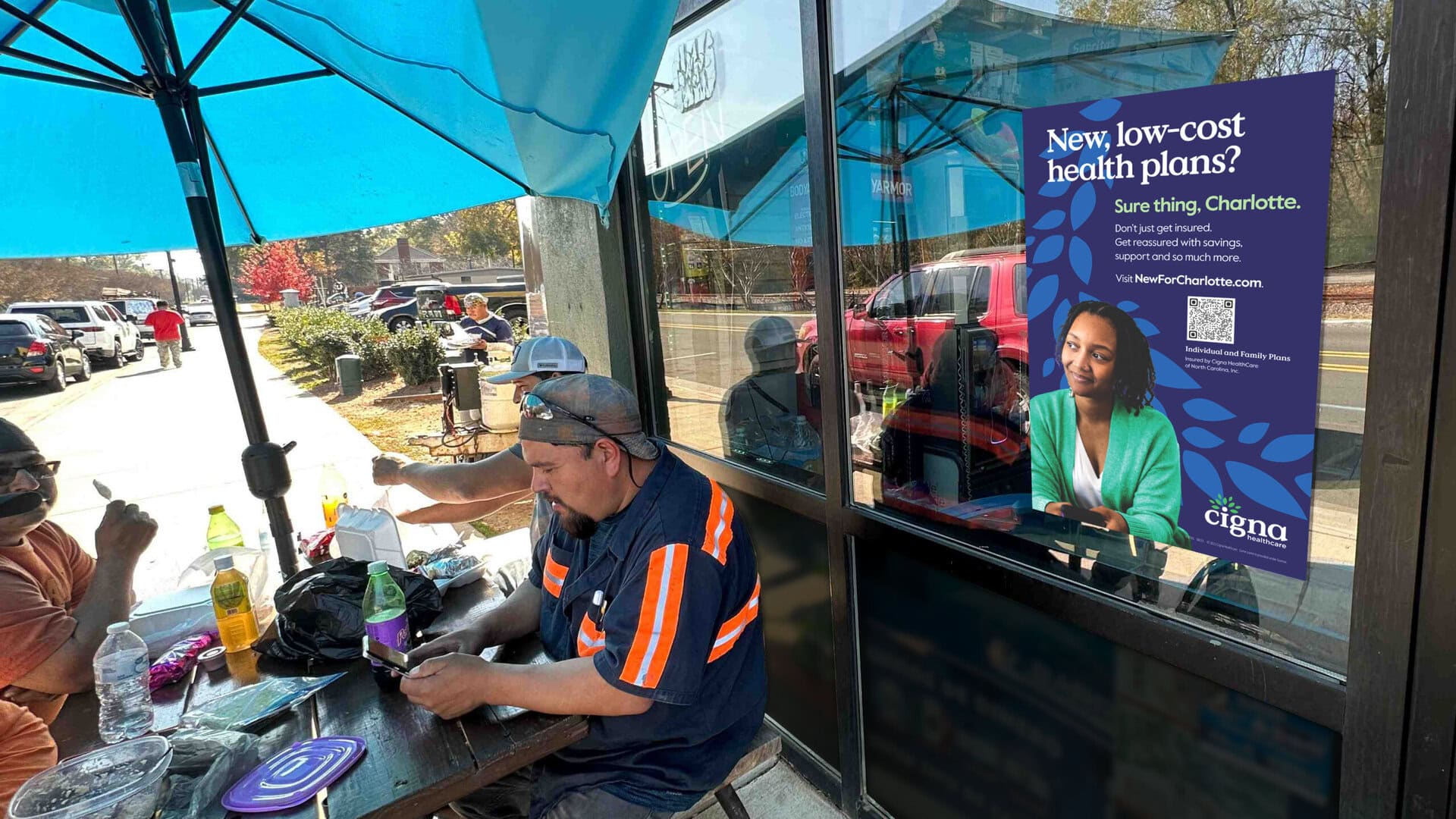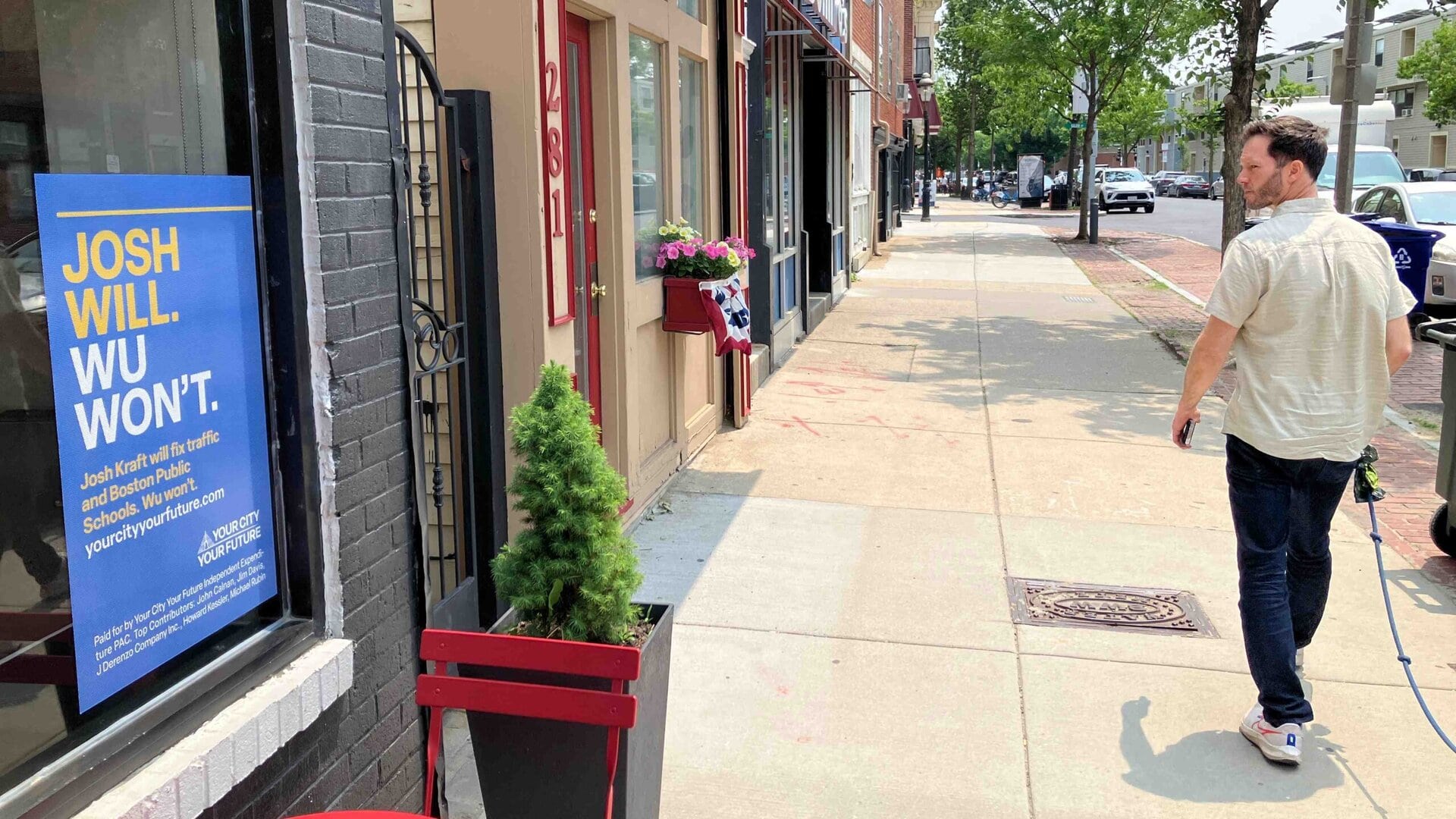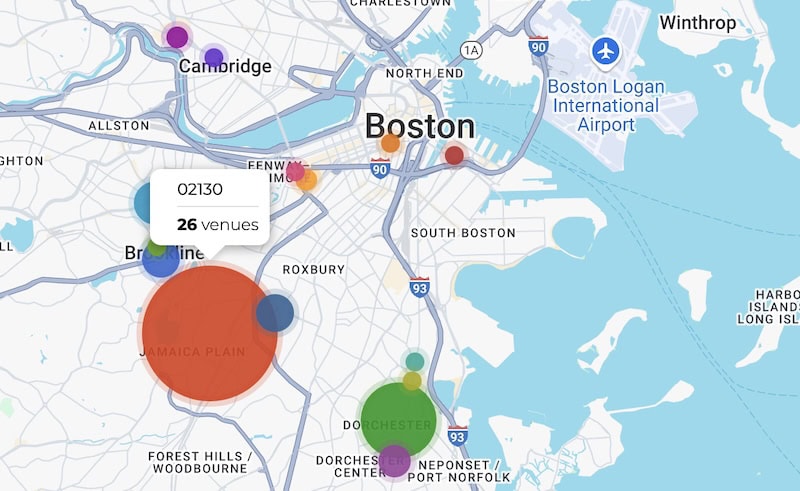
Marketers are quick to latch onto the newest mobile technology, and QR Codes are no exception. More and more, mobile codes are being used in advertising, retail and entertainment.
The recently released Nellymoser Q1 study on Mobile Action Codes in Magazine Advertising provided valuable information on the rapidly growing usage of Mobile Codes. Of the 100 magazines surveyed, 99 contained at least 1 mobile code. 45% of the all action codes were from four industries: beauty, health, home and fashion. QR Codes accounted for 80% of the codes in the magazines surveyed, with Microsoft Tags lagging far behind.
While code usage by marketers is on the rise, is the public joining in? From our standpoint, we have not seen the results that we once hoped (see below for some of our past articles on the subject).
A recent report from ScanLife shows that there has been a great increase in usage, with the greatest surge coming from males in the 25-34 age group. However, information for this study was provided only by users of the ScanLife platform, so the numbers may be skewed. Until there is a definitive, third-party study, we can only rely on our own experience with mobile codes in real-life marketing campaigns.
We have frequently found mobile codes to be ineffective for a variety of reasons. Design, accompanying instructions, incentive and mobile experience are all elements that need to be considered when using mobile tags.
QR codes are – dare we say it? ugly, black and white blobs that often clash with design elements in the ad artwork. And while they have a recognizable design to the tech savvy, the general population may still see them as confusing. Often mobile codes do not come with instructions. Users will just have to be “in the know” on how to use the code effectively. In the Nellymoser study, 64% of codes were accompanied with instructions and only 6% of codes were accompanied with an icon of a mobile device.
Incentive is a large part of the draw to mobile codes, but what do I get for going through the trouble of scanning this? The cool factor has dried up.
The scans from the Nellymoser study often lead to videos (behind the scenes, how to), sweepstakes, coupons, social media, as well as other mobile experiences. But often, scans will take the user to a URL of a website and more often than not, that will just lead to the general home page of the advertiser. The text, graphics, buttons and navigation links are often too small to be useful when displayed on a mobile device.
While the growing use of mobile and smart phone technology is advancing at an almost light speed pace, there are still adjustments that need to be made. We will be keeping a close watch on the growing trend of mobile codes in advertising, and we will keep an even closer eye on any reports tracking the actual usage of this technology. Stay tuned …
More articles from PMD on this subject:
Mobile Barcode Scanning up 700% in 2010
Albany Rail Station using 2D Bar Codes
Microsoft Features PMD Promotion
Taking Mobile Tagging a Step Further



